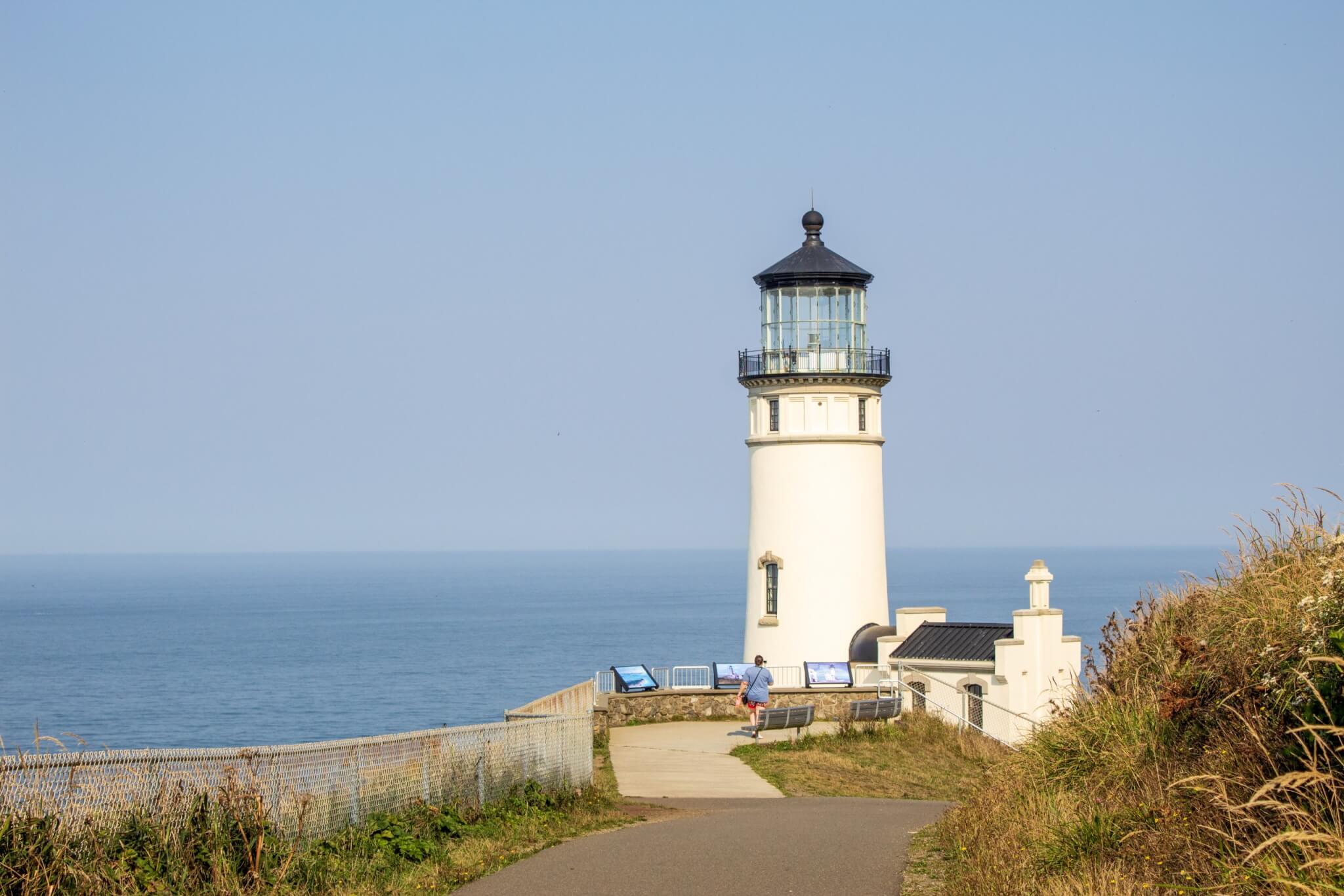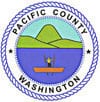The southwest corner of Washington State is a place of dramatic beauty—towering cliffs, pounding surf, and sweeping beaches. But behind the rugged coastline lies a collection of names with equally dramatic stories. From frustrated explorers and tragic shipwrecks to Indigenous traditions and the struggles of the Lewis and Clark Expedition, these place names offer a glimpse into the layered history of this region.
Cape Disappointment
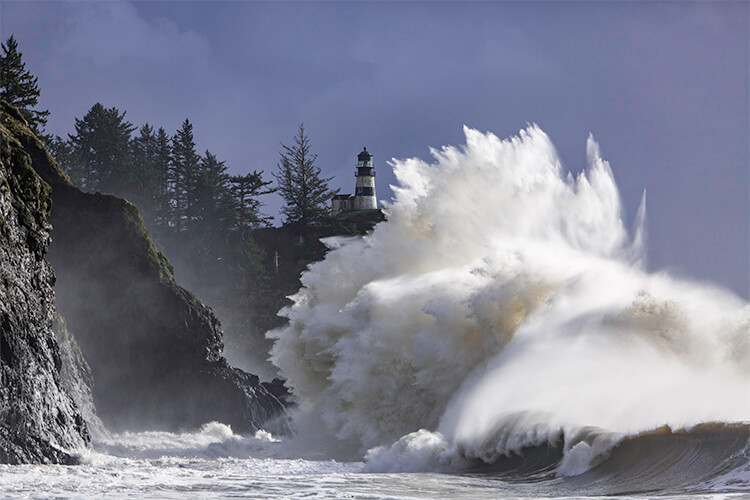
The headland we know today as Cape Disappointment was first recorded by Spanish explorer Bruno de Heceta in 1775, who named it Bahia de La Asuncion, or Bay of the Assumption. Heceta believed he might have glimpsed the entrance to a great river, but his crew was too ill and exhausted to investigate further.
In 1788, British fur trader John Meares sailed along the coast hoping to discover the mouth of the fabled Northwest Passage. Instead, he encountered rough seas and dense fog. Unable to locate the entrance to the Columbia River, he declared the site a failure and scrawled the word “Disappointment” in his logbook. The name stuck, even after American Captain Robert Gray successfully crossed the Columbia Bar in 1792 and proved the river’s existence.
Far from disappointing today, the cape is home to two lighthouses, a historic military fort, and sweeping views where the Columbia River meets the Pacific. Still, the name serves as a reminder of the trials of early exploration in one of the world’s most treacherous waterways.
Deadman’s Cove
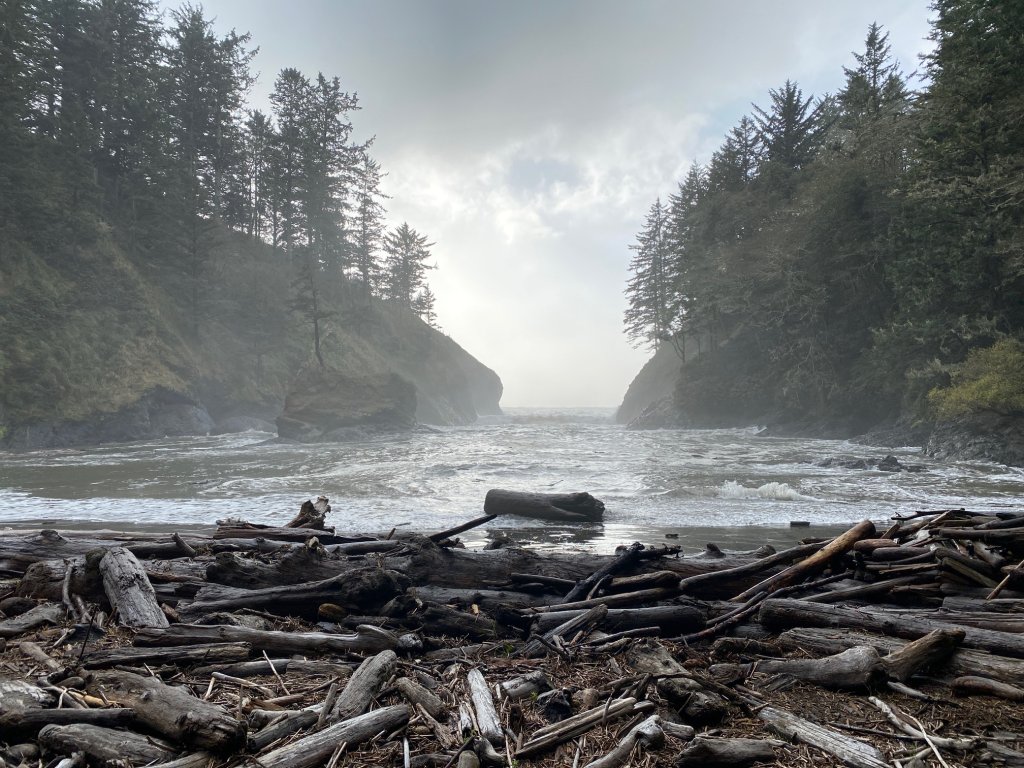
Just inside the cliffs of Cape Disappointment lies Deadman’s Cove, a sheltered inlet with a haunting past. Its name is tied to the 1853 wreck of the bark Vandalia, which struck the Columbia Bar. Dozens of sailors lost their lives in the accident, and local accounts say that bodies washed ashore into this small cove.
The cove’s dangerous currents and isolation have added to its ominous reputation. Some visitors even claim the waters carry an unsettling silence, broken only by waves echoing off the cliffs. Whether through legend or fact, the name has endured as a memorial to the lives lost in what sailors grimly called the “Graveyard of the Pacific.”
Today, a short hike through Cape Disappointment State Park leads visitors to this tucked-away spot. Despite its dark name, Deadman’s Cove is strikingly beautiful, framed by evergreens and rugged rock formations.
Beard’s Hollow
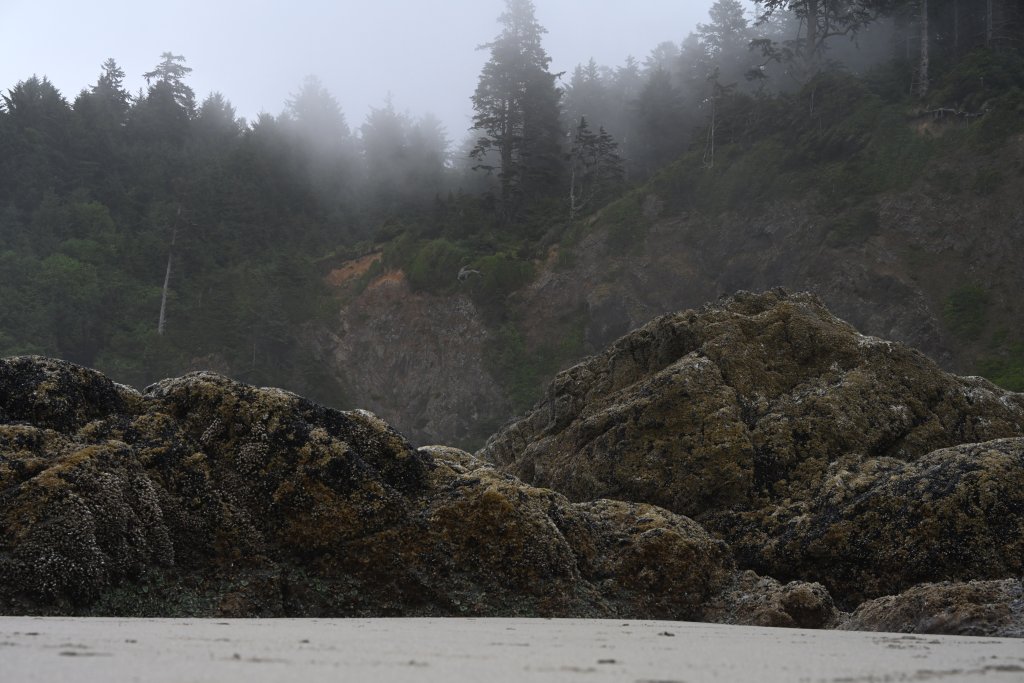
North of Cape Disappointment lies Beard’s Hollow, another place whose name is tied to the Vandalia tragedy. According to lore, the wreck’s captain, E.N. Beard drowned when the ship went down. His body was said to have washed ashore in this hollow, and the area was named in his memory.
The site is now a popular stop along the Discovery Trail, a hiking and biking path that runs from Ilwaco to Long Beach. What was once a somber landmark is today a place of recreation, where visitors walk through wetlands, sand dunes, and ocean vistas.
But the hollow also preserves a memory of how dangerous this stretch of coastline was for mariners. Between shifting sands, fog, and violent surf, countless ships met their end here—reinforcing the cape’s reputation as the Graveyard of the Pacific.
Dismal Nitch
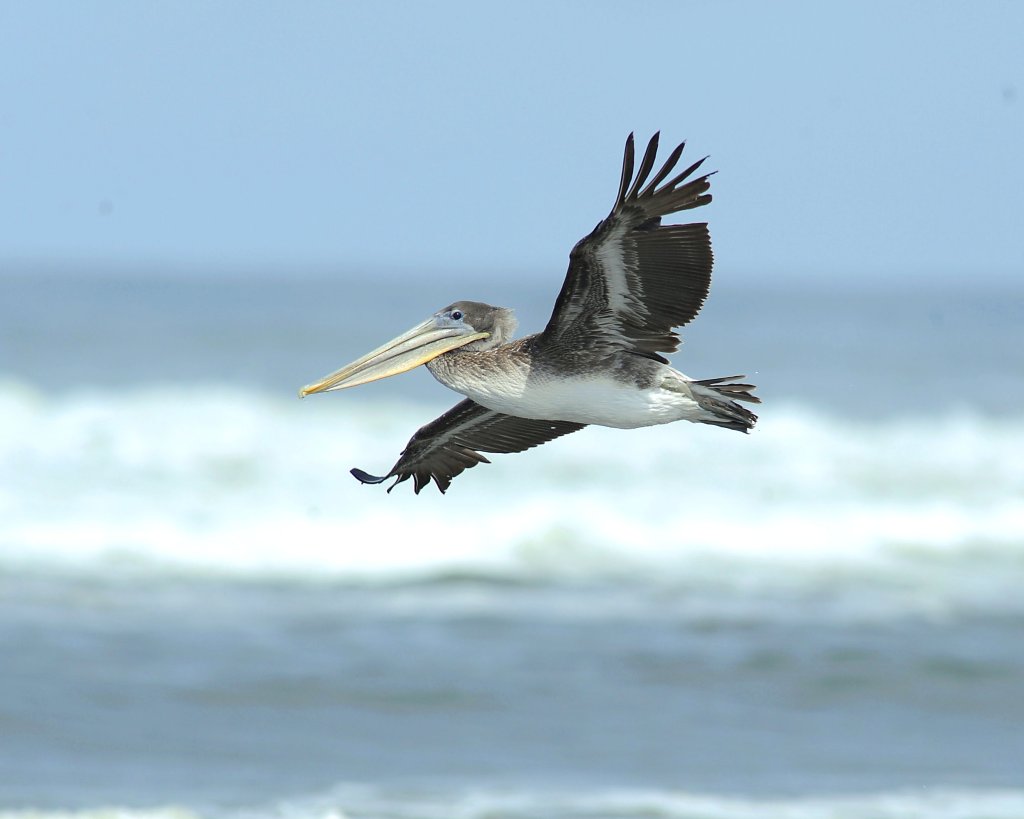
Of all the names in the region, none captures hardship more vividly than Dismal Nitch. In November 1805, the Lewis and Clark Expedition reached this narrow, rocky shoreline just east of the cape. They were within sight of the Pacific, but relentless storms pinned them down for six days.
William Clark described the campsite as a miserable place of driving rain, no firewood, spoiled food, and hungry men. In his journal, he called it “that dismal little nitch,” and the name has clung to the site ever since.
Today, the spot is preserved as a highway rest area and historical site, offering sweeping views of the Columbia River and the Astoria–Megler Bridge. Visitors may stop only briefly, but for Lewis and Clark, the time spent here marked one of the darkest points of their journey.
Final Reflections
The names that dot this corner of Washington’s coast—Cape Disappointment, Deadman’s Cove, Beard’s Hollow, and Dismal Nitch—are more than labels on a map. They are echoes of exploration, tragedy, and survival.
Each name reflects a different layer of history: the frustrations of European explorers, the tragedies of shipwrecked sailors, the endurance of Indigenous peoples, and the struggles of America’s most famous expedition. Today, these sites are places of beauty, but their names keep alive the stories of those who faced the Pacific with awe, fear, and determination.

